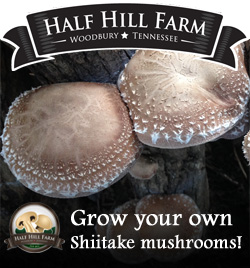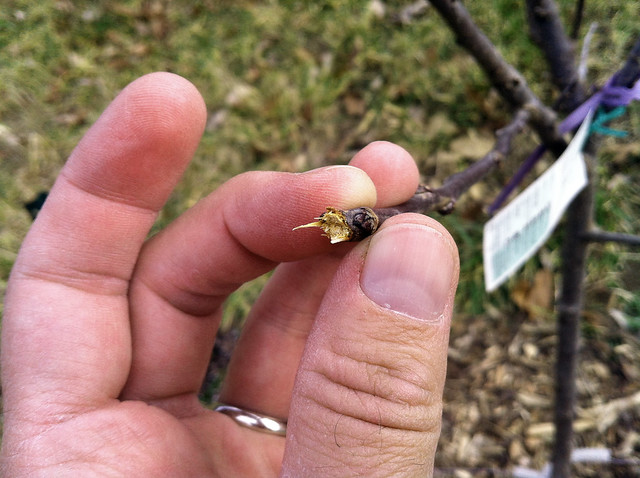
Tim warned me it was just a matter of time before the cute deer became a nuisance. The tips of this winesap (W4) are all nibbled by deer.
I’ve been doing a lot online reading to get ready for this.
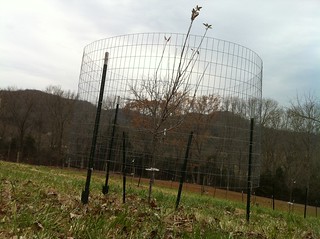 Cage: I’m testing fencing one tree after reading about it and determining it’s probably the most fail safe solution. The problem with it is the cost, labor (work adds up per tree) and the way it looks. But it works. I placed 5 feet tall fence about 2 feet above the ground giving me 7 feet of protection.
Cage: I’m testing fencing one tree after reading about it and determining it’s probably the most fail safe solution. The problem with it is the cost, labor (work adds up per tree) and the way it looks. But it works. I placed 5 feet tall fence about 2 feet above the ground giving me 7 feet of protection.
Contraptions: The next thing I found was something that I still want to try. It’s a solar powered water sprayer that uses infrared motion senors to detect animals and then sprays a burst of water. It’s expensive, but the other problem I see with this and the version that uses a hose is that they can freeze in the Winter.
Scents: This seemed like the most ridiculous category consisting of people swearing by sprinkling human hair, urinating, hanging bags of soap or dirty clothes in the trees. People swear by them probably up until the have to collect this stuff.
Sprays: There are all kinds of sprays, but I’m limited to organic ones. There are plenty of them, but most only last a couple weeks. It’s easy to apply, and it’s also cheaper to make your own. So that’s what I did. I just mixed the following ingredients and used a hand-held sprayer to coat the trees and the blueberry bushes. I’ll probably do it regularly and see how it goes.
- 3 gallons of water
- 5 tablespoons of ground cayenne pepper
- 4 eggs whites
Smokehouse: I’m not giving up on this option. We’d have plenty of turkey and venison.
UPDATE 12-6-12: It rained the day after the first application and I saw fresh damage by deer to two more trees. It looks like we’re going to cage them.
UPDATE 12-10-12: After finding significant evidence of damage the day or two after application of the cayenne pepper concoction, including one of several damaged blueberry bushes literally ripped from the ground, we caged all the apple trees and purchased a solar-powered electric fence for the blueberries.
My thinking on scents and taste deterents is that consumers are easily tempted to want to out smart deer with these products, but if you are serious about protecting your orchard you’ll fence your trees and bushes. So, do it right the first time.
 That’s word from atop the highest point in Middle Tennessee as the Short Mountain Groundhog fails to see its shadow on a very snowy and overcast Groundhog Day morning.
That’s word from atop the highest point in Middle Tennessee as the Short Mountain Groundhog fails to see its shadow on a very snowy and overcast Groundhog Day morning.



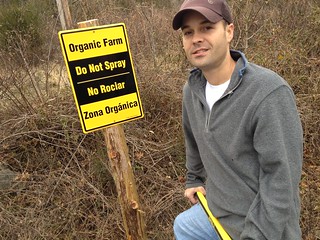 I didn’t know what to expect working with local utilities to prevent drift from chemical management of right of ways onto our organic farm.
I didn’t know what to expect working with local utilities to prevent drift from chemical management of right of ways onto our organic farm. 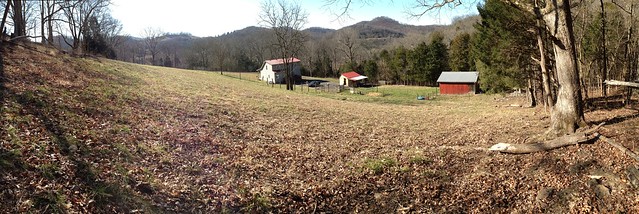



 Cage: I’m testing fencing one tree after
Cage: I’m testing fencing one tree after 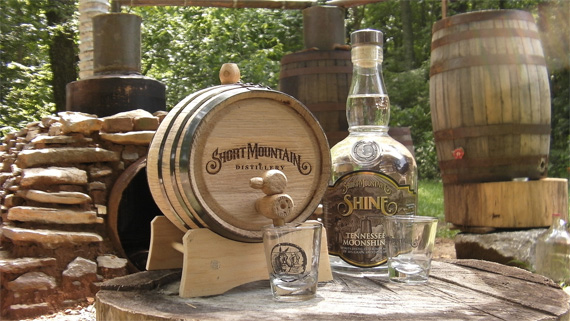
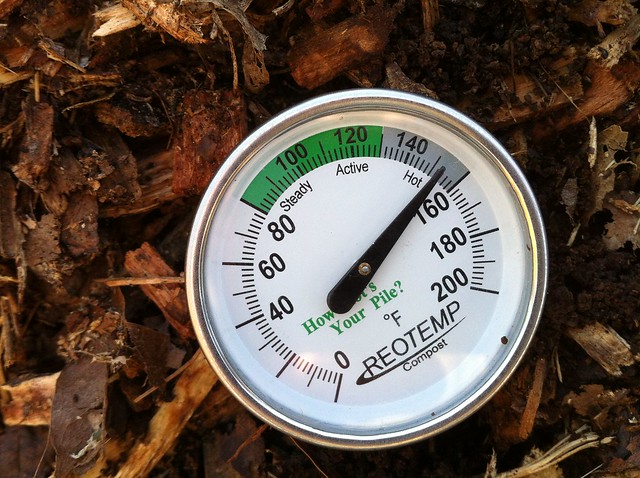
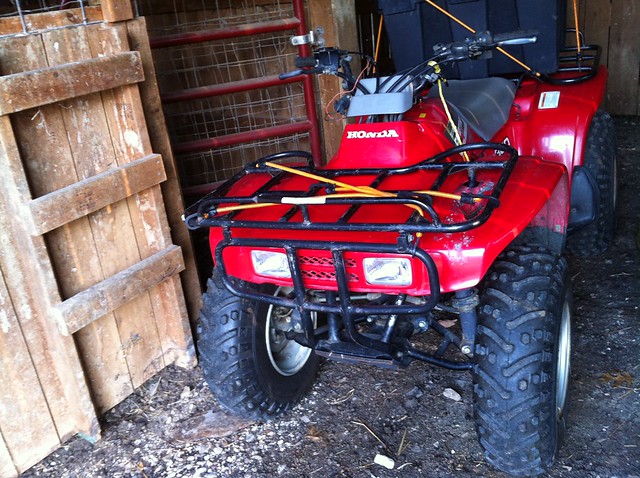
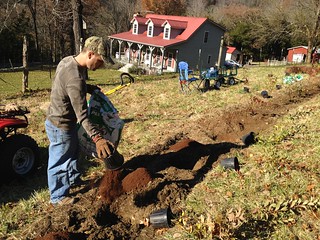 Noah let me borrow his truck. We may have enough mulch to last 2 years now! Tim gave us the pine needles we needed to keep the blueberries happy. Len let me hop the fence for the cow manure our compost piles needed to come to life. Benny did the same, letting me drive all over his farm shoveling up horse manure. It all adds up to tons of help, literally.
Noah let me borrow his truck. We may have enough mulch to last 2 years now! Tim gave us the pine needles we needed to keep the blueberries happy. Len let me hop the fence for the cow manure our compost piles needed to come to life. Benny did the same, letting me drive all over his farm shoveling up horse manure. It all adds up to tons of help, literally.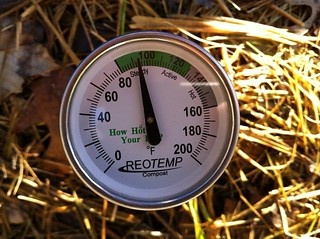 Heat is a natural byproduct of all the biomass interactions breaking down the pile. A hot pile can be around 160 degrees for a few days.
Heat is a natural byproduct of all the biomass interactions breaking down the pile. A hot pile can be around 160 degrees for a few days.